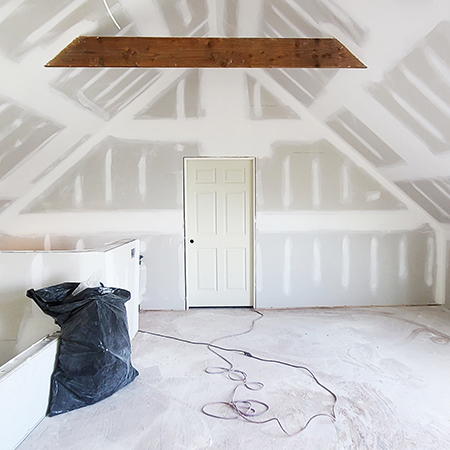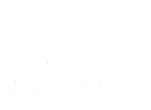Frequently Asked Questions about Drywall
DRYWALL EXPERT, DRYWALL EXPERTS, DRYWALL INSTALLATION, DRYWALL REPAIR, THE DRYWALL SPECIALIST, INTERIOR TRIMWORK
Whether you’re planning a remodel, need a repair, or are dealing with insurance claims, hiring a drywall expert can help make the process seamless and stress-free. As specialists in drywall installation, drywall repair, popcorn ceiling removal, interior trimwork, and more, we get a lot of questions.
Here are answers to some of the most frequently asked questions we get about our services.
What services do drywall experts provide?
A professional drywall expert can handle a wide range of services, including:
- Drywall installation for new construction or remodeling projects
- Drywall repair for cracks, holes, water damage, or general wear and tear
- Popcorn ceiling removal and ceiling refinishing
- Interior trimwork — baseboards, crown molding, and window/door casings
- Assistance with insurance claims for drywall damage
How do I know if I need drywall repair?
Signs you may need drywall repair include:
- Cracks or holes in walls or ceilings
- Water damage, stains, or mold
- Sagging or uneven panels
- Damaged or peeling paint
A drywall expert can assess the damage and recommend the best solution, whether it’s a simple patch or full panel replacement.
What is the process for drywall installation?
Drywall installation involves:
- Measuring and cutting drywall panels to fit your walls or ceilings
- Securing the panels with screws or nails
- Taping and applying joint compound to seams and fasteners
- Sanding and finishing the surface for a smooth, paint-ready finish
A ensures precise installation so your walls and ceilings look flawless.
Do you handle insurance claims for drywall damage?
Yes, we do. We work with homeowners and insurance companies to document damage, provide accurate estimates, and ensure repairs meet policy requirements. Our experience with insurance claims can make the process go much smoother.
Do you remove popcorn ceilings?
Absolutely. The Drywall Specialist team is trained in safe and efficient textured ceiling removal, leaving a smooth, modern surface ready for paint or new texture.
What kind of interior trimwork do you offer?
We handle a variety of interior trimwork projects, including:
- Baseboards
- Crown molding
- Window and door casings
- Custom trim details to enhance your home’s aesthetics
Why should I hire a professional drywall expert instead of doing it myself?
While small drywall projects may seem simple, they often require a level of experience that most homeowners do not have. Investing in professional installation and repair ensures:
- Smooth, seamless finishes
- Proper taping and sanding
- Durable repairs that last
- Compliance with building codes and industry standards
Hiring a drywall expert ultimately saves time, reduces frustration, and guarantees a high-quality result.


